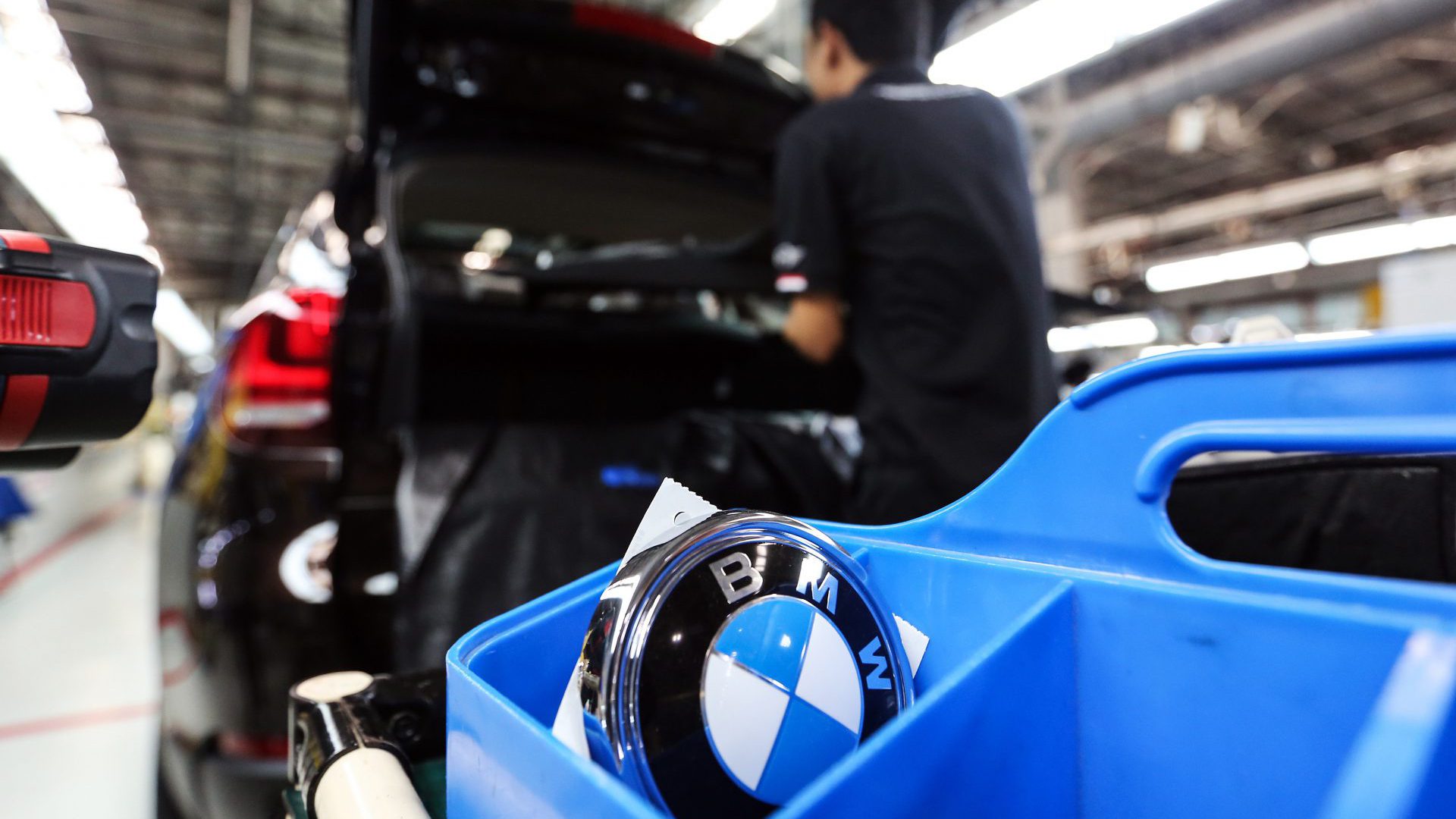

We may earn revenue from the products available on this page and participate in affiliate programs. Learn more ›
BMW opened its first factory on American soil in Spartanburg, South Carolina in 1992, building the 3-Series and the Z3 roadster for the American market. Today, 25 years later, the factory bears little resemblance to its meager beginnings. The Spartanburg, South Carolina plant has become one of BMW’s biggest and most important factories, with nearly all of BMW’s crossovers and SUVs built there, reports Automotive News.
In contrast to President Trump’s statement earlier this year that “The Germans are bad, very bad,” BMW employs nearly 9,000 American workers in the Spartanburg plant, with another 1,000 expected to join by 2021. Additionally, 70 percent of the BMWs made in Spartanburg are exported to the rest of the world. That’s a win for American factory workers on many levels.
“If we would have trade barriers, maybe we would need to shift that production from here to somewhere else because it can no longer be affordable,” BMW CEO Harald Krueger told Automotive News.
BMW has already confirmed that the X3 will no longer be built exclusively in Spartanburg, with production beginning in South Africa and China next year. The X5 is rumored to begin production in China as well, though BMW has not confirmed this. “It was too dangerous to put all X vehicles into this market,” said Oliver Zipse, the BMW AG board member in charge of production.
That statement is true in numerous ways. If Hurricane Irma had wallopped South Carolina instead of Puerto Rico, BMW’s crossover/SUV sales would be hurt worldwide, not just in the U.S. We saw this when workers at General Motor’s Ingersoll, Ontario plant went on strike, causing fears that GM would run out of Equinoxes to sell. BMW’s workers are unlikely to strike, but if trade policies adversely affecting German manufacturers were put into effect, it would be much easier for BMW to move production elsewhere in the world if other factories were already tooled up to produce the same models as Spartanburg.
The truth is that out of the ten biggest automotive factories in North America by production volume in 2016, only three are owned by “American” companies. Ford and GM rank third, ninth, and tenth on the list, with Nissan, Toyota, Honda, Volkswagen, and BMW rounding out the rest of the list. The days of buying American to get an American-made car are long since over, and 25 years ago BMW put themselves in the perfect position to capitalize on that, today and into the future.
